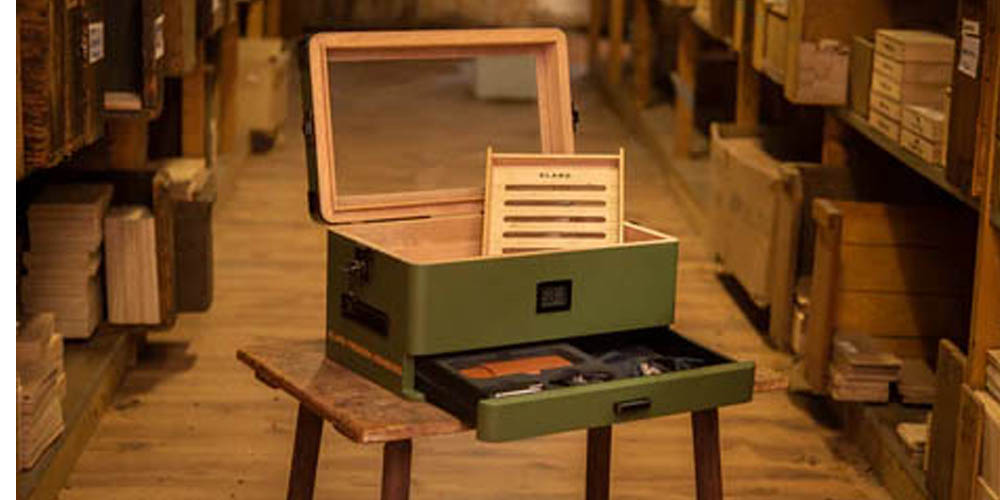Numerous cigar lovers are quite serious about their hobby. While some may not take it seriously, others do. Seriously, this is off the charts that give their full attention to it.
One would not find a humidor sitting idly on their desk at home if they fit this description. They’ve designated a whole room only for smoking. The perfect environment for storing a large number of cigars, where they may be kept at the ideal temperature and humidity until needed.
A walk in humidor is an enclosed space that is specifically designed to store and maintain humidity. A walk-in humidor is a specially designed chamber that is built exclusively to store cigars and maintain an optimal level of humidity, similar to a walk-in closet for storing a large quantity of clothing or a walk-in wine cellar for a dedicated wine connoisseur. Unless you’re quite skilled, you probably shouldn’t try to construct your own walk-in humidor; doing so is a huge effort that calls for a broad understanding of construction techniques, from electricity to basic frame. If your cigar collection has outgrown your existing humidors, though, and you need a lot more room, here’s a simple approach to constructing a walk-in humidor.
How To Construct A Walk-In Humidor In Less Time
Obviously, walk-in humidors need a lot of room. So many cigars can fit in their humidors because of this feature. The easiest approach to construct a tiny walk-in humidor, if you don’t want to commit four new walls to your room, is to turn an existing closet into one. It is ideal to install a walk-in humidor in a closet because they are typically shaded from the sun and do not face an exterior wall. Remember that you’ll need to completely shut off the room to keep the humidity and temperature stable.
Walk-In Humidor Requirements
This cannot be stressed enough: this is not a job for you if you are not skilled with hand and power tools. Get help from an independent contractor.
Let’s get this out of the way first: there is no single, correct way to construct a walk-in humidor. However, there are some fundamental resources required to make it happen.
In reading this, keep in mind that a humidor is meant to be a damp, humid environment. And consider the effects on the rest of your home, including the basement, which is always moist and humid. Mold. Plasterboard and carpeting aren’t going to cut it here. The construction process will resemble that of a bathroom more closely than that of any other room in your house.
The components of a walk-in humidor are listed below. No of the size of your humidor, this list should serve as a good starting point.
Vapor barriers are applied to walls and ceilings to prevent the passage of moisture vapor.
Drywall with added moisture resistance, or moisture-resistant drywall.
Spanish cedar, a unique variety of wood used for humidors because to its high permeability.
Floors can be either hardwood or tile, however hardwood needs to be sealed. Tile can be used instead if needed.
To give something a more streamlined appearance, trim the edges.
Sealing, refrigerator-style doors keep in humidity and temperature.
General Room Humidifier
Because cigars are damaged by exposure to UV light, light emitting diodes (LEDs) are the best option for illumination.
Construction of a Walk-In Humidor
Let me be clear: the instructions below are not meant to be followed word for word; rather, they are meant to serve as a broad guideline that will help you choose what is necessary for your own personal space. In short, that sums up the situation. This is an important step in the process, and you should give it your full attention if you care about your cigars. However, if the idea of a walk-in humidor remains more of a dream than a practical reality and you’d be satisfied with a single or double-door humidor, we’ve got you covered.

